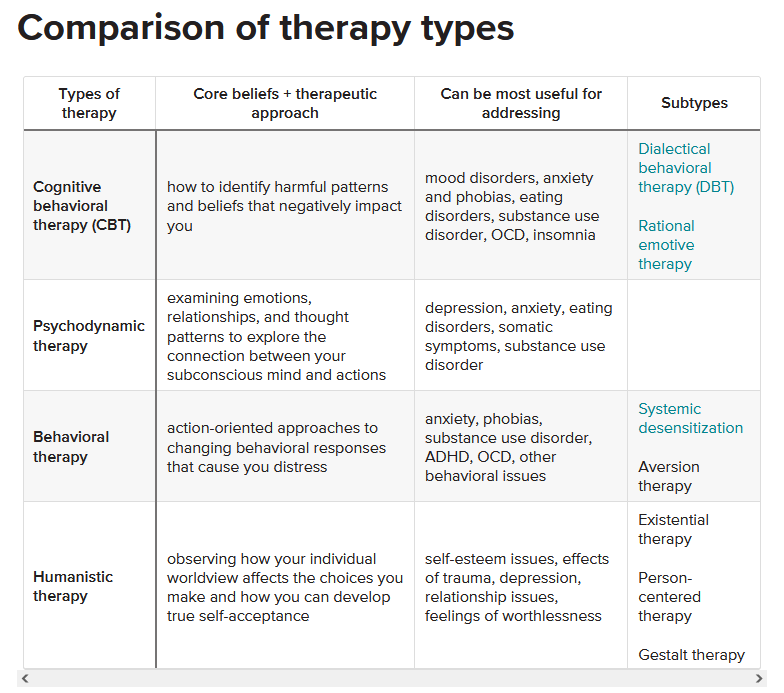Recently it was pointed out to me by a professional that I respect that my rhetoric on CBT is that of… well… an esteemed hater. I think it’s fair to point out that as a person I have been very hard on CBT when it comes to misophonia, perhaps zealously. This caused me to pause and reflect, even ever so slightly… on the message that I’ve been putting out into the world. Now, I will tell you that I am still cautious when it comes to CBT and its use for misophonia, but this mainly applies to exposure therapy.
CBT as a skill, is something that is incredibly useful for helping with the emotional and cognitive effects of misophonia that surround it—this can include social relationships, ideas of self and others, and the distress that follows living a life with misophonia. For that reason, however, I consider CBT to be a coping skill and not a “treatment” in the sense that you will still have misophonia even if you do vigorous CBT. In a way, CBT is almost like a mental health maintenance plan that can help you stay on track and not get lost in the throes of misophonia rage.
In-fact, I use CBT for myself and my clients with misophonia regularly. I believe that CBT has a place within the counselling room, and I also believe that it can be used alongside sensory regulation approaches, mindfulness, and other schools of thought like narrative based therapy. I take a “choose your own adventure” approach to coping with misophonia, however, and I caution practitioners not to stick to an intervention that the client has not responded well to. We’re all different! Below are some of the types of CBT that I find to be very useful for persons with misophonia.
-
- SMART goals. SMART goals are specific, measurable, achievable, realistic, and time-limited.
- Guided discovery and questioning. By questioning the assumptions you have about yourself or your current situation, your therapist can help you learn to challenge these thoughts and consider different viewpoints.
- Journaling. You might be asked to jot down negative beliefs that come up during the week and the positive ones you can replace them with.
- Self-talk. Your therapist may ask what you tell yourself about a certain situation or experience and challenge you to replace negative or critical self-talk with compassionate, constructive self-talk.
- Cognitive restructuring. This involves looking at any cognitive distortions affecting your thoughts — such as black-and-white thinking, jumping to conclusions, or catastrophizing — and beginning to unravel them.
- Source: https://www.healthline.com/health/cognitive-behavioral-therapy#techniques
This comparison therapy chart is useful to see the different modalities. I personally believe that most of these have use within misophonia coping skills (albeit some more than others, and obviously never exposure therapy). It is my belief that a practitioner treating misophonia needs to be eclectic and willing to bend their theory and perspective based on the person in front of them—this is even more true with misophonia where we are alleviating symptoms rather than removing the misophonic response.
If the person with misophonia is seeing their quality of life improve from a modality, then that’s the right choice, no matter what that modality is. I personally like a mix of sensory regulation, CBT, psycho-dynamic, humanistic, and solution-focused, with some narrative therapy sprinkled in.
Much of my disdain for CBT is not from CBT as a therapy, but rather, the practitioners who are arrogantly proclaiming themselves as “experts in treating misophonia”—to this date I do not think a single expert exists, especially since misophonia is such a newly recognized condition. Yet, I think it’s important for the record to show that I am NOT against CBT, in-fact, Misophonia Matters includes an entire cognitive section.
If you are looking for misophonia coping skills, you can go here to see coaching (worldwide) and here to see therapy (Canada) options with Shaylynn Hayes-Raymond. Shaylynn also offers both live and on-demand webinars for misophonia.



